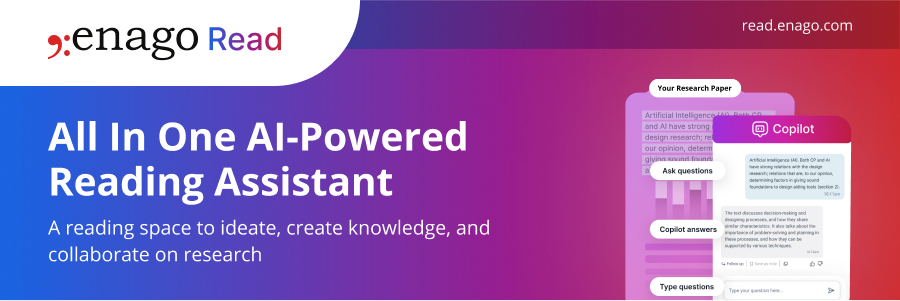What Is a Peer Review and Citation Ring?

Rigging the System
Collusion between bogus reviewers to improve the chances of an article getting published, also known as a “peer review and citation ring,” is becoming a serious issue for journal editors. Arguably, these efforts to expedite or inflate feedback are not as serious as deliberate fabrication of results on the scale of scientific misconduct, but they still represent a deliberate challenge to the integrity of the academic research process. Many of the unsuccessful attempts revealed unremarkable reviews that were positive enough to warrant publication of the article in question, with just enough critical feedback to establish the credibility of the review.
Ironically, several of the worst transgressions in fake peer reviews can be traced back to a proactive step taken by journals to expedite the peer review process in response to complaints about delays from researchers nervously awaiting the results of their submissions.
ScholarOne
In July 2014, Sage Publications announced the retraction of 60 papers from the same academic journal, the Journal of Vibration and Control, after it was discovered that a researcher in Taiwan, Peter Chen at the National Pintung University of Education (NPUE), had managed to rig the peer reviews of each of those 60 papers. Generating those bogus reviews was, as it turned out, not as difficult as it might have first appeared, as Chen was able to leverage the multiple loopholes built into a system that favored automation above oversight.
Sage Publications used Thomson Reuters’ ScholarOne publication management system to track all pending research paper submissions. Chen had managed to gain possession of login credentials for peer reviewers and then generated multiple fake accounts using generic Gmail and Yahoo email addresses rather than work email addresses. As a result, members of his peer review circle were able to collaborate in reviewing each other’s work and in some cases their own work, using these fake accounts. Since the ScholarOne software automatically accepted the submitted reviews as one item to be completed on a checklist of items on the path from submission to publication, the loophole went undetected until May 2013, when the then Editor-in-Chief of the Journal of Vibration and Control, Ali Nayfeh, was notified of correspondence between an author and some peer reviewers. This was concerning on two fronts. First, peer reviewers are not supposed to have direct contact with authors during the submission process, and second, the email accounts were generic Gmail accounts that disguised the institutions at which these “reviewers” worked.
A 14-Month Investigation
After Sage assembled a team of about 20 legal and editorial staff to respond to Nayfeh’s concerns, the investigation unearthed a total of 130 suspicious peer reviewer email accounts. The Scholar One program was very helpful in the investigation, disclosing every paper that had been written or reviewed by the owners of these suspicious accounts. The one glaring error was that some of these “reviews” had been written within minutes of the submission of the original paper. There was, at that time, no mechanism to flag that rapid response as cause for concern about the legitimacy of the review.
Lax Password Maintenance
Peter Chen resigned from his post at the NPUE in February 2014, and Nayfeh resigned as the editor-in-chief of the Journal of Vibration and Control three months later as a result of the scandal. Unfortunately, this has not been an isolated example of scientific misconduct linked to poor maintenance of software passwords. Other publication management systems have been forced to disclose similar problems with password security that have resulted in unscrupulous researchers gaining access to editorial accounts and assigning papers to fake peer reviewer accounts in order to generate positive reviews to guide papers to publication.
Elsevier, for example, used a proprietary version of the Editorial Manager publication system called the Elsevier Editorial System. Unfortunately, the same systemic password loopholes resulted in the retraction of 11 papers from the Journal of Optics & Laser Technology in 2012. Steps have since been taken to address those loopholes, but the greater question remains that if so much importance is placed on the peer review process as an integral component of academic publishing, why was it ever left to an automated management system with so little oversight?










